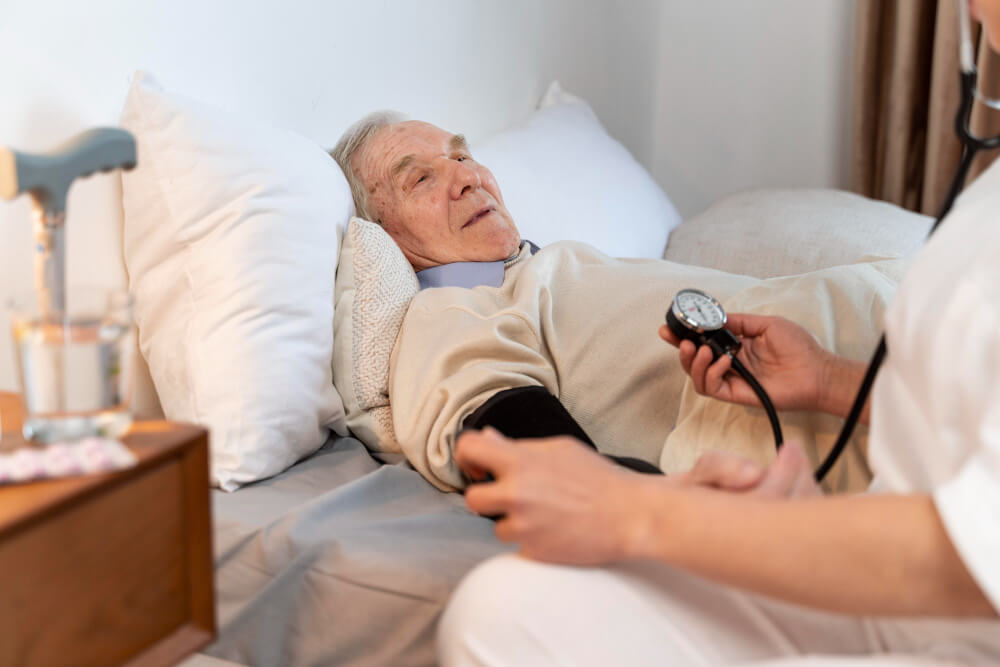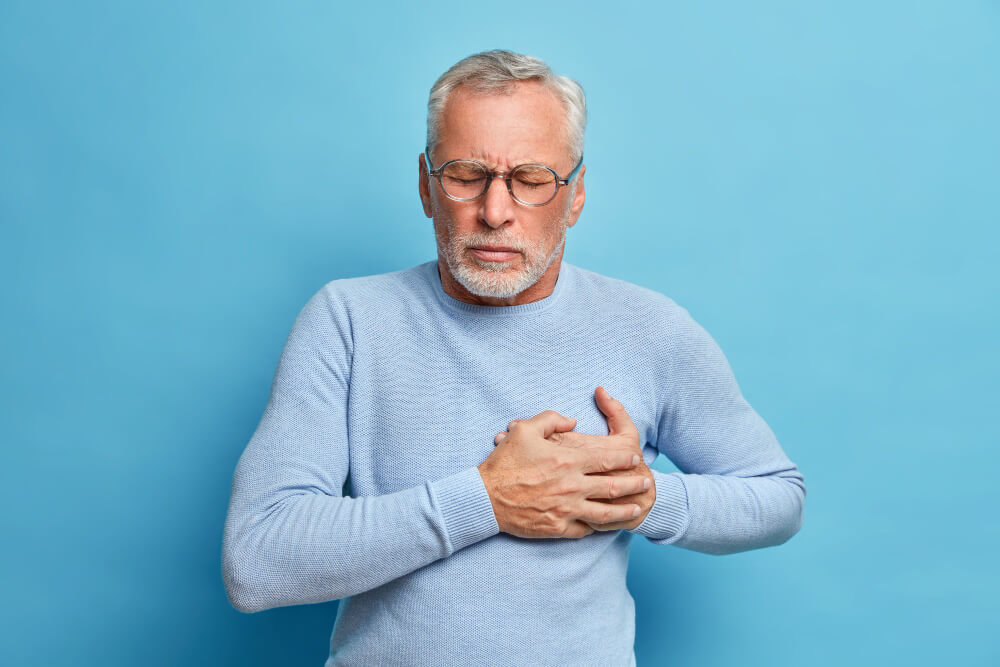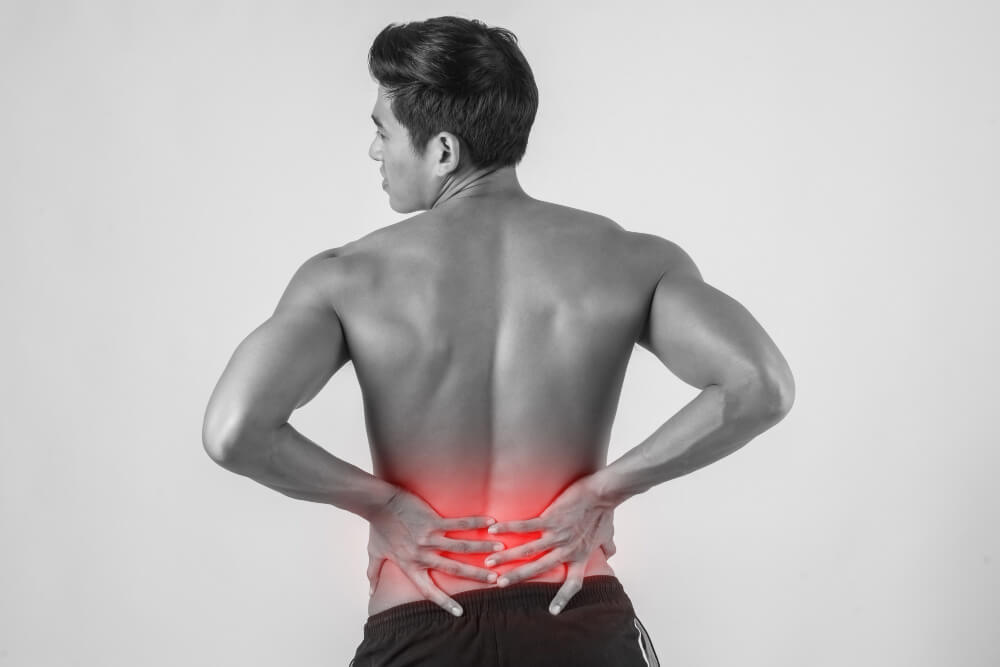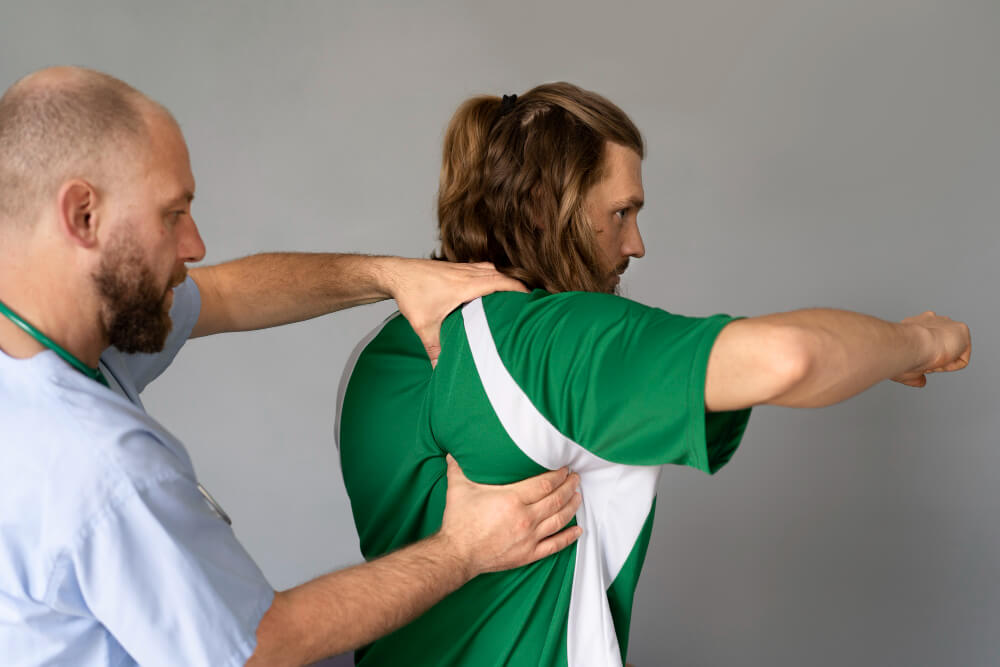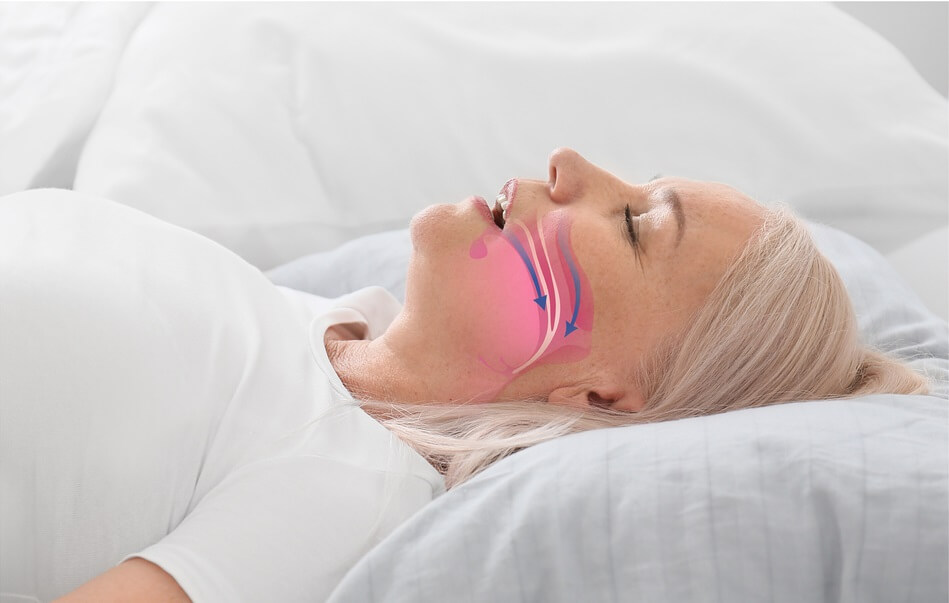Demystifying Abdominal Pain: A Deep Dive into Epigastric Pain and Treatment Options
Abdominal pain is a common experience, affecting millions of people worldwide. While a simple stomach ache often resolves on its own, upper abdominal pain, specifically in the epigastric region, can be a cause for concern. This article delves into the realm of epigastric pain, exploring its causes, treatment options, and when to seek medical attention.
Understanding Epigastric Pain
The epigastric region is the upper middle part of the abdomen, located just below the ribcage. Pain originating from this area is known as epigastric pain. It can manifest in various ways, ranging from a dull ache to a sharp stabbing sensation. The intensity and duration of the pain can also vary depending on the underlying cause.
Common Causes of Epigastric Pain
Several factors can contribute to epigastric pain. Here’s a breakdown of some common culprits:
- Gastroesophageal Reflux Disease (GERD): This condition occurs when stomach acid backs up into the esophagus, causing heartburn and a burning sensation in the upper abdomen.
- Peptic Ulcers: Open sores that develop in the lining of the stomach or duodenum (the first part of the small intestine) can cause epigastric pain, especially on an empty stomach or after eating certain foods.
- Gastritis: Inflammation of the stomach lining can lead to epigastric pain, nausea, vomiting, and indigestion.
- Gallstones: Hardened deposits that form in the gallbladder can cause pain in the upper right abdomen, which may radiate to the back or shoulder blade.
- Pancreatitis: Inflammation of the pancreas, a gland responsible for digestion and hormone production, can cause severe upper abdominal pain that may worsen after eating.
- Hiatal Hernia: A portion of the stomach pushes through the diaphragm (the muscle separating the chest from the abdomen) causing heartburn and epigastric pain.
- Esophageal Spasm: Involuntary contractions of the esophagus can mimic the pain of heartburn or angina (chest pain) and radiate to the upper abdomen.
- Irritable Bowel Syndrome (IBS): This chronic condition causes abdominal cramping, bloating, and gas, which can also affect the upper abdomen.
- Indigestion: Overeating, eating fatty or spicy foods, or consuming too much alcohol can lead to temporary indigestion with epigastric pain, nausea, and bloating.
Less Common Causes of Epigastric Pain
While less frequent, other factors can contribute to epigastric pain, including:
- Appendicitis: Inflammation of the appendix, a small pouch attached to the large intestine, can cause severe pain that starts around the navel and migrates to the lower right abdomen. However, in some cases, the pain may initially manifest in the upper abdomen.
- Aortic Dissection: A tear in the inner layer of the aorta, the main artery carrying blood from the heart, is a life-threatening condition that can cause sudden and severe upper back pain that radiates to the chest and abdomen.
- Kidney Stones: Small, hard deposits that form in the kidneys can cause severe pain in the lower back or flank that may radiate to the groin or upper abdomen.
- Cancer: While less likely, stomach, esophageal, or pancreatic cancer can cause epigastric pain along with other symptoms like weight loss, fatigue, and difficulty swallowing.
Recognizing When to Seek Medical Attention

While some cases of epigastric pain may resolve on their own, it’s crucial to seek medical attention promptly if you experience any of the following:
- Severe or persistent pain: Pain that is intense, unrelenting, or worsens over time warrants immediate medical evaluation.
- Sudden and intense pain: Sudden onset of severe upper abdominal pain can indicate a serious condition like a ruptured appendix or aortic dissection.
- Pain accompanied by other concerning symptoms: Epigastric pain accompanied by fever, vomiting blood, difficulty swallowing, or bloody stools requires immediate medical attention.
- Unexplained weight loss: If you experience unexplained weight loss along with epigastric pain, it’s crucial to consult a doctor to rule out any underlying conditions.
Treatment Options for Epigastric Pain
The treatment for epigastric pain depends heavily on the underlying cause. Here’s an overview of some common treatment approaches:
- Lifestyle Modifications: Dietary changes like avoiding spicy or greasy foods, reducing alcohol intake, and eating smaller meals frequently can significantly improve symptoms of heartburn, indigestion, and gastritis.
- Medications: Depending on the cause, various medications like antacids, proton pump inhibitors






